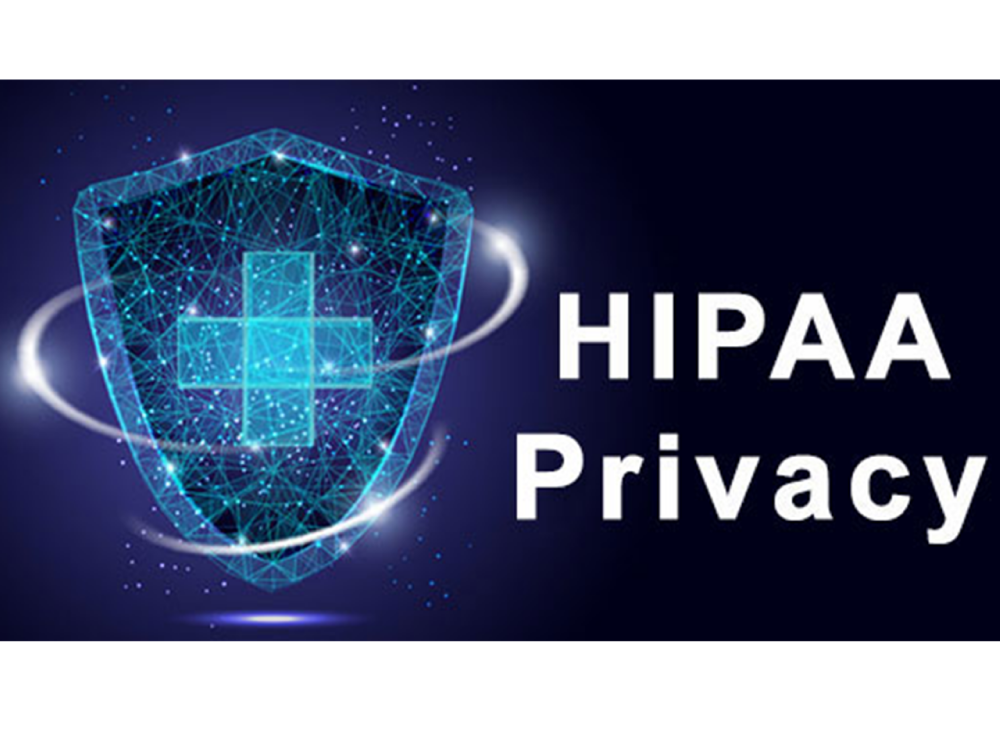Close
Close
The Health Insurance Portability and Accountability Act (HIPAA) Privacy Rule was established in 1996 to protect the privacy of patients’ medical records and other personal health information. The rule sets national standards for the disclosure and use of protected health information (PHI) by healthcare providers, health plans, and other entities that process and store patient health records. The HIPAA Privacy Rule defines PHI as all individually identifiable health information, including demographic data, medical histories, test results, and insurance information. The rule gives patients the right to access and control their health information. It establishes guidelines for how healthcare providers can use and disclose PHI, including permissible uses and disclosures without patient authorization and when patient authorization is required. The HIPAA Privacy Rule also sets out requirements for the security of electronic protected health information (ePHI), including guidelines for data encryption and backups. The HIPAA Privacy Rule aims to protect patients’ health information while allowing the necessary flow of information between healthcare providers to provide quality care.

The Health Insurance Portability and Accountability Act (HIPAA) Privacy Rule is a federal law that regulates the use and disclosure of protected health information (PHI) by covered entities and their business associates. Here is a detailed explanation of the key aspects of the law: